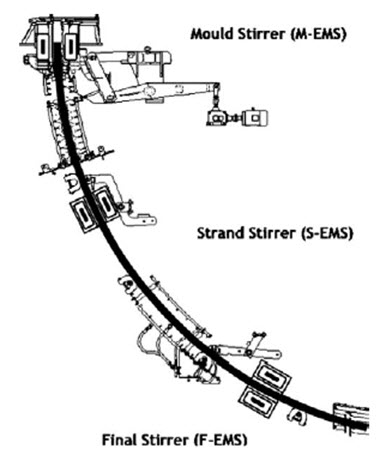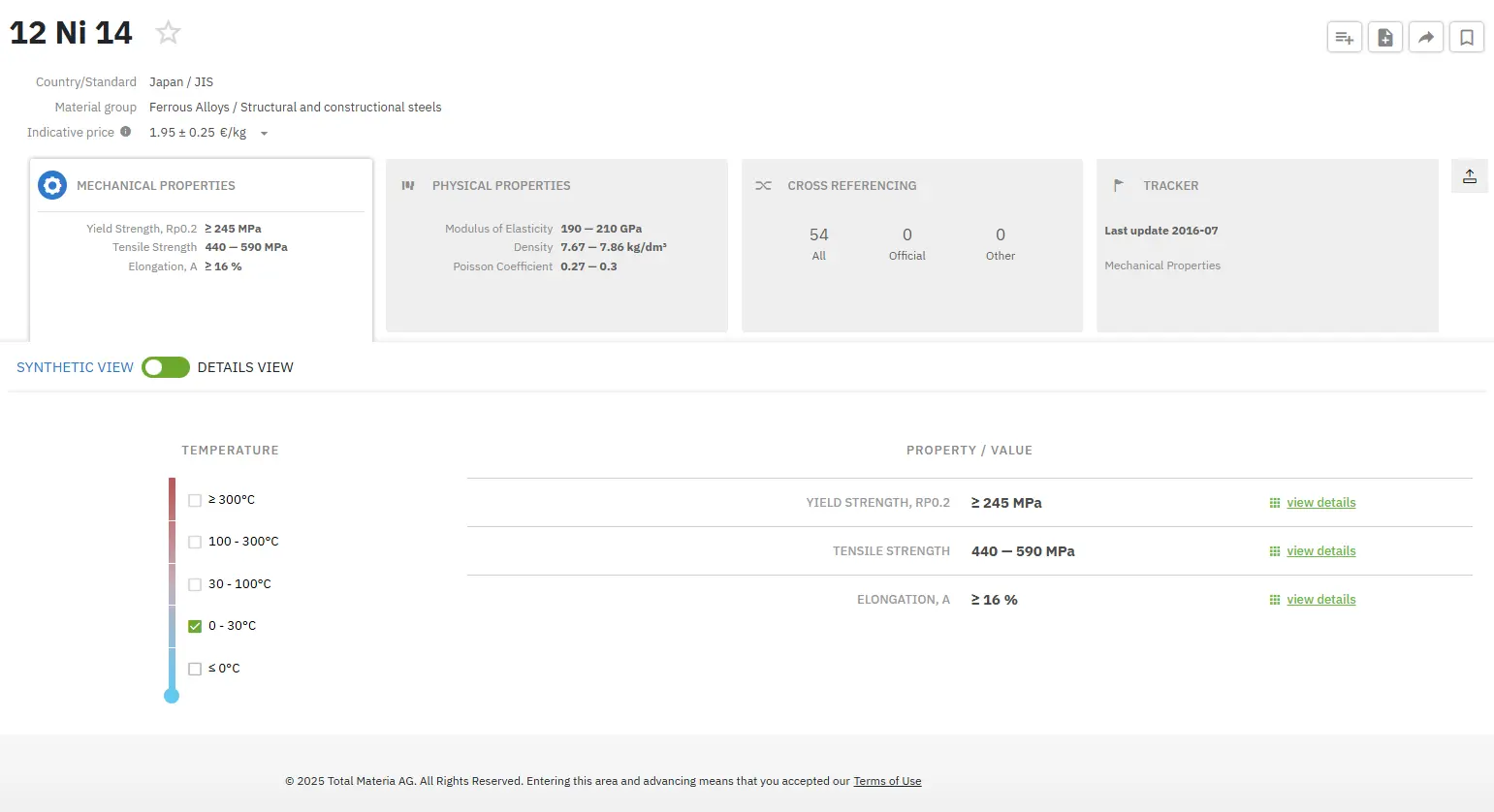Electromagnetic Stirring
Abstract
Electromagnetic stirring (EMS) is a non-contact technology that achieves efficient melt agitation through interaction between magnetic fields generated by static induction coils and electrically conducting metal baths. This process significantly enhances metallurgical operations by reducing defects, improving metal quality, and increasing manufacturing yields. Implementation across more than 1,200 industrial installations has demonstrated EMS's effectiveness in both steel and aluminum production, offering rapid startup and quick financial returns through improved process efficiency. Research indicates that EMS configurations at different positions in the casting process can optimize dendritic structure and minimize defect formation, making it a valuable technology for modern metal production.
Introduction to Electromagnetic Stirring Technology
In metallurgical processing, effective and reliable stirring of molten metal is essential for achieving higher productivity and improved process performance. The steel and aluminum industries have adopted non-contact electromagnetic stirring technology in over 1,200 installations worldwide. Electromagnetic stirring (EMS) accomplishes effective agitation through the interaction between the magnetic field generated by static induction coils and the electrically conducting metal bath.
This non-contact approach provides significant advantages over mechanical stirring methods, particularly in high-temperature metallurgical applications where physical contact with molten metals presents considerable challenges.
Industrial Applications and Benefits of EMS
Electromagnetic stirrers are primarily implemented in ladle furnaces and continuous casting processes to enhance product quality and increase steel production efficiency. ABB, a leading provider of EMS technology with extensive process experience and sophisticated simulation capabilities, has documented the results from 130 installations of EMS systems in ladle furnaces. Their findings demonstrate several significant benefits:
- 5-15% higher yields of alloys and 5-10°C lower tapping temperature
- Reduced synthetic slag addition while maintaining an unbroken slag layer
- Improved heating efficiency and decreased electrode wear
- Cleaner steel production, with approximately 10% reduction in oxygen and hydrogen content
- Minimal maintenance requirements due to non-moving parts and absence of coil contact with the furnace or melt
- No interference with existing or new ladle furnace design and functionality
- Safe and easily controlled stirring operation, typically achieving 1-2 melt rotations per minute, with fully variable and reversible settings
- Standardized stirring units available for 20-300 ton capacity ladle furnaces
- Quick implementation with one-day startup and financial payback within 11 months
- Comprehensive turnkey solutions with performance guarantees, financial packages, and worldwide service support
EMS in Continuous Casting Applications
In steel mill continuous casting processes, improving slab quality remains a critical and ongoing research focus. Beyond traditional methods such as modifying jet flow angles and redesigning submerged nozzle shapes, electromagnetic techniques offer the unique advantage of controlling fluid flow without direct contact between the liquid steel and stirring equipment.
Electromagnetic stirring generates fluid flow through Lorentz forces provided by linear induction motors. Depending on installation position and metallurgical considerations, EMS systems are classified into several types:
- Mould electromagnetic stirring (M-EMS)
- Strand electromagnetic stirring (S-EMS)
- Final electromagnetic stirring (F-EMS)
The EMS technology applied to steel casters fundamentally represents a magneto-hydraulic process that influences crystallization and solidification of billet steel. The process complexity increases due to temperature gradients, as the billet temperature progressively decreases from above casting temperature to below solidus temperature as it moves through the caster.
The effectiveness of EMS systems depends on numerous factors, including material properties, physical characteristics, thermokinetic behaviors of the casting steel, and various electrical and magnetic parameters. Additional variables include construction specifications, functional parameters of both the caster and EMS equipment, and their mutual arrangement and synchronization. Recent research indicates that creating precise mathematical models of EMS effects on casters remains challenging.
Experimental Validation of EMS Effects
Stransky et al. conducted comprehensive experimental verification of EMS effects on the dendritic structure of steel during continuous casting of 150 × 150 mm billets. Their study utilized a CONCAST billet caster equipped with two distinct electromagnetic stirrers, as illustrated in Figure 1.

Figure 1: The positions of the MEMS and SEMS stirrers
The first stirrer, designated as MEMS (Mould Electromagnetic Stirring), was mounted directly on the mould, while the second stirrer, labeled SEMS (Strand Electromagnetic Stirring) was positioned at the beginning of the flow directly after the initial cooling zones within the secondary-cooling zone. The researchers evaluated nine different casting configurations:
- Standard casting without EMS
- Casting with only MEMS
- Casting with only SEMS
- Casting with both MEMS and SEMS simultaneously
Samples taken from cross-sections of individual billets underwent macroscopic grinding to reveal and evaluate the dendritic structure. The most significant EMS effects were observed when both MEMS and SEMS operated simultaneously. Under these conditions, the columnar dendrites oriented perpendicular to the billet walls were limited to 1/4 to 1/3 of the billet thickness. The central portion of billets treated with this dual-stirrer configuration predominantly featured equiaxed dendritic structures.
Long-term statistical quality monitoring has confirmed that EMS application substantially reduces defect occurrence in the final product, validating the industrial value of this technology.
Find Instantly Precise Material Properties!
Total Materia Horizon contains mechanical and physical properties for hundreds of thousands of materials, for different temperatures, conditions and heat treatments, and much more.

Get a FREE test account at Total Materia Horizon and join a community of over 500,000 users from more than 120 countries.